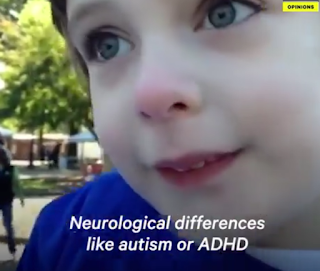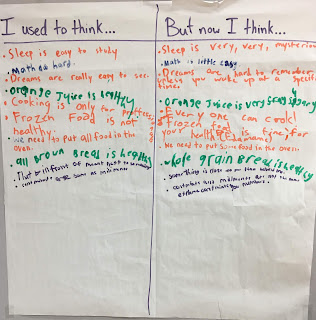Autism in the classroom
and the words we use to describe it !?!
There is a new and very good trend.
WORDS !
We focus to much on words and if they are positive or negative.
But in reality words are considered negative or positive.
Example.
YOU FAILED !
to commit Suicide.
HUH ???
FAILED, well you did and that is a good thing. but the word fail means more like, "Hey stupid you're so low you want to take your own life but you cant even get that right."
Harsh, maybe but its a true comment. How do you make someone else feel when you say something. Rooted in who we are and how we speak. We tell people hidden messages.
So doesn't that hold true to life, family and STUDENTS !
Shouldn't we as educators change the way we speak ?
I challenge you to try this experiment and change the way you speak to you students. True more positive oriented words.
CAN YOU DO IT ?
Post below your experiences PLEASE and Share so we can all learn
THIS IS IMPORTANT WATCH !
What is Autism?
Autism is a pervasive
neuro-developmental condition which effects a person’s ability to
communicate and interact with others. People with autism may have a
difficult time understanding ‘typical’ social cues and social behaviors,
and they may face challenges engaging with those around them — either
by using words or non-verbal behaviors. Affecting 1 in every 68 people
in the United States, Autism is one of the fastest growing neurological
conditions in the world. Although, due to the widespread emphasis on
early detection and intervention, the condition is commonly associated
with young children. While many young individuals with Autism (who have
access services) learn to develop skills and strategies to address
various challenges they face living in a predominantly neurotypical
society, children with autism do in fact
become adults with autism and do not simply “grow out” of the
condition. Autism is a spectrum condition and manifests differently and
to varying degrees in every individual.
What are signs of Autism?
Although these are some of the most
common signs and symptoms, please note that every individual on the
autism spectrum is unique and manifests a different set of behaviors. As
you may have noticed we frequently use the terms “may” “might”
“frequently” “usually” quite a bit, in an effort to emphasize the
individuality of the condition. As well, while many symptoms are common
in both adults and children, others present themselves differently
throughout the lifespan.
- Delay and/or difficulty in learning language or lack of functional communication.
- Children
on the autism spectrum disorder typically have some degree of impairment
in communication. For example they may not respond to their name,
initiate interaction with others, or demonstrate age-appropriate
language development.
- Individuals with autism may often engage in repetitive body movements.
- Hand-flapping, tapping, spinning/rocking their body, or looking at things out of the corner of their eye.
- Marked impairments in interpreting and reciprocating non-verbal gestures.
- May demonstrate difficulties in
identifying and interpreting various facial expressions and
body-language such as foot tapping, stares, discomfort, raised eyebrows,
etc.
- May focus on restricted interests.
- This can include preoccupation with
certain topics or having things a certain way—like wanting to learn
everything about vacuum cleaners or lining things up in a certain order.
- Lack of interest or deficits in
developing and maintaining peer appropriate relationships and delayed
development of social skills.
- As stated,
while some individuals on the spectrum prefer solitude, many desire to
make friends, interact socially but may lack the functional ability to
do so (aka hidden curriculum).
- Many people on the spectrum may appear shy, standoffish, or unaware of those around them. Do not take this as a
Autism Across Borders
Autism looks different for every person and affects everyone
differently—that’s why it’s called a “spectrum”. Autism may also be
recognized differently in different cultures. While autism is a
condition that affects
all populations and
countries at the same rate, sometimes social behaviors vary from culture
to culture. For example, eye contact expectations are different from
country to country. Lack of eye contact can be a common sign of autism
in the United States, whereas other cultures might not notice it as
much. Access to diagnostic tools and awareness of autism symptoms (like
eye contact) can affect rates of autism in other countries, and service
provision.
from globalautismproject.org


Comments
Post a Comment